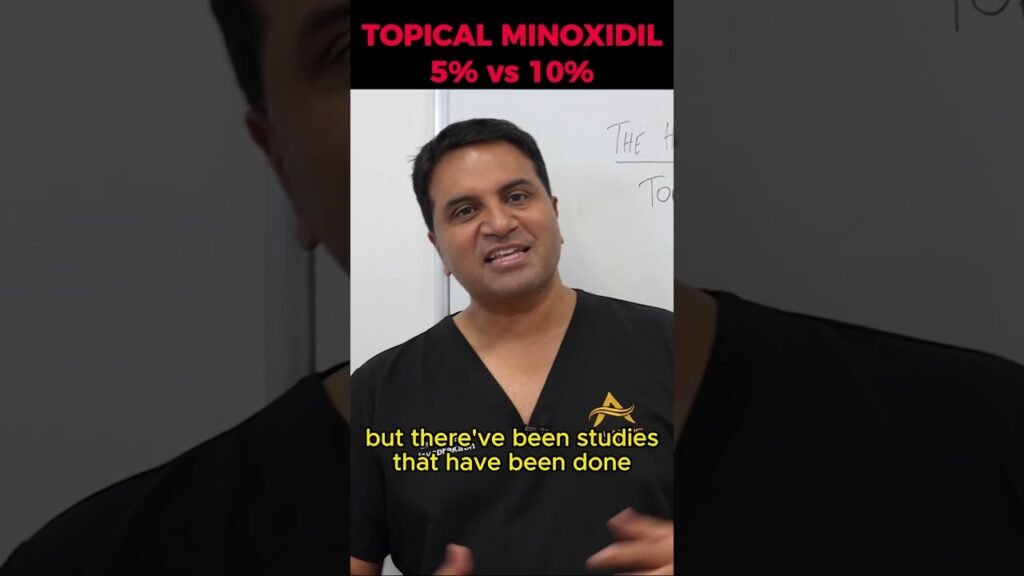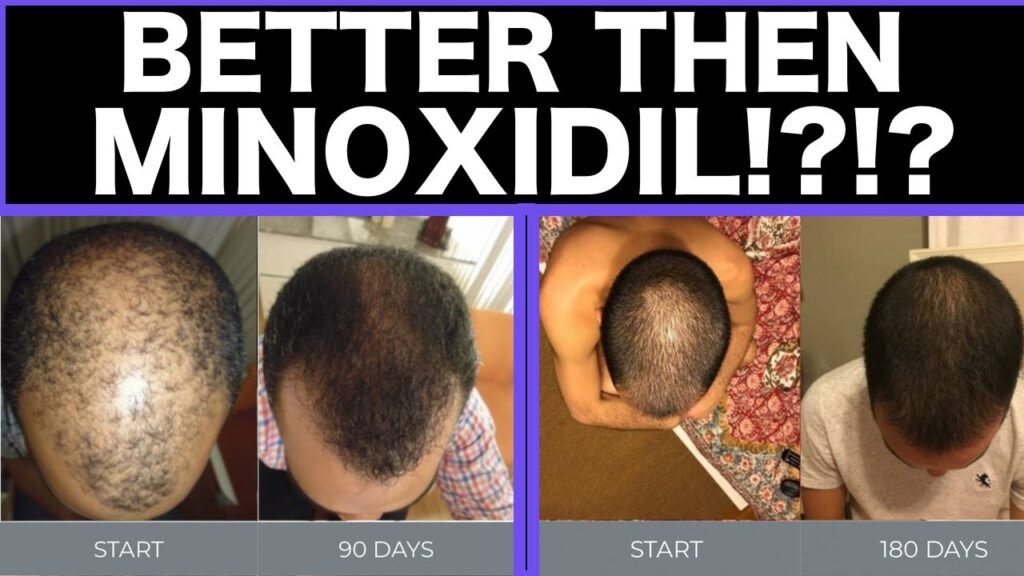Drawbacks of choosing 5% vs 2% minoxidil
When considering minoxidil for hair regrowth, its crucial to weigh the drawbacks of using a 5% concentration compared to a 2% solution. The 5% minoxidil is generally more potent, which means it can deliver faster and more noticeable results. However, this increased effectiveness often comes with a heightened risk of side effects. Users of the 5% solution may experience increased scalp irritation, itching, or dryness. These side effects can be particularly troublesome for individuals with sensitive skin, making the 2% concentration a more suitable option for those prone to irritation.
Another significant drawback of opting for the 5% minoxidil is the potential for unwanted hair growth in areas other than the scalp. This phenomenon, known as hypertrichosis, can occur because the higher concentration can be absorbed more extensively by the skin. For individuals concerned about facial or body hair growth, the 2% solution might be a safer choice, as it reduces the likelihood of this side effect while still providing benefits for hair regrowth.
Furthermore, the cost and commitment associated with the 5% minoxidil can be a deterrent for some users. The higher concentration is typically more expensive than the 2% solution, and the increased risk of side effects may require additional products or treatments to manage them, leading to further costs. Additionally, users of the 5% concentration might need to adhere to a more stringent application routine to mitigate side effects, which can be inconvenient for those with busy lifestyles. In contrast, the 2% minoxidil offers a more budget-friendly and lower-maintenance alternative for individuals seeking a balance between efficacy and ease of use.


